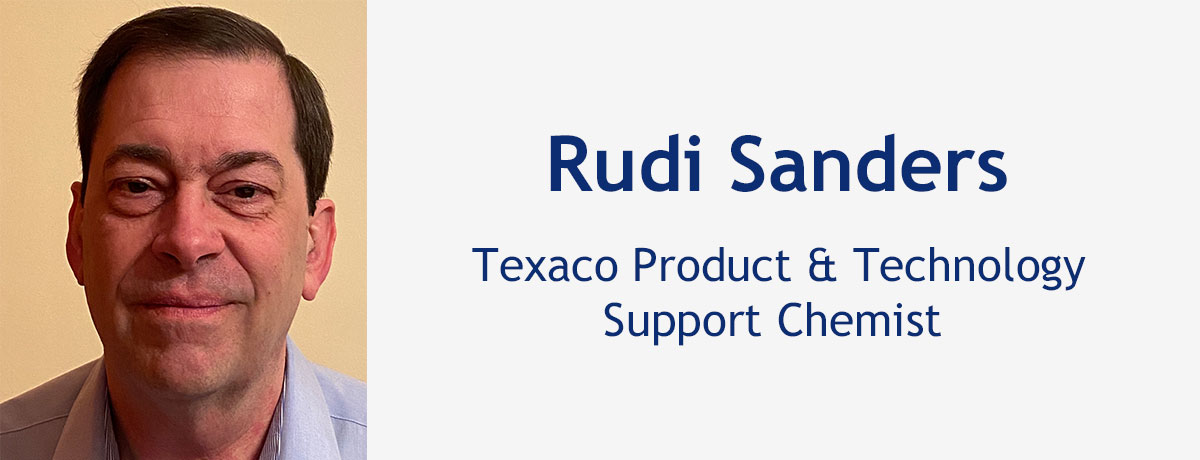The evolution of off-highway emissions legislation


We spoke to Rudi Sanders, Texaco Product & Technology Support Chemist to hear his thoughts….
The first European emission legislation for non-road mobile machinery was issued in 1999, since which time emission requirements or ‘Stages’ have been defined depending on the power categories of the machinery.
As per the European standards, global emission limits for CO2, hydrocarbons, NOx and particle emissions have also evolved over time. In different regions of the world emission standards for non-road mobile machinery have been defined. The European Stage 5 standards are considered the most stringent in their demands, with Tier 4 in the US and the GB stage for standards in China both comparable to the Euro Stage 4.
In addition, each manufacturer active in the construction, mining, agriculture and forestry industries have a defined a set of standards, which use ACEA and API as their benchmark. Added to this, many off-road equipment brands use multiple engine suppliers, which each in turn require a set of manufacturer claims on top of ACEA and/or API standards.
It certainly appears that these legislative changes work. If we compare emission limit definitions from Euro Stage 1 to Stage 5, they have come a long way. In 2019 for example, Euro Stage 5 introduced maximum particle numbers for all power categories of non-road mobile machinery. Since this change came into force, particulate matter limits have been reduced by 97% and the NOx limit has been reduced by 96% for the most important power categories.
These staged legislative changes have driven manufacturers to introduce aftermarket treatment systems to help off-highway machines meet the new emissions limits. A requirement at Euro Stage 3 saw the introduction of the first diesel particulate filters for some non-road mobile machinery, whereas Stage 4 set NOx limits requiring the introduction of selective catalytic reduction systems.
The introduction of maximum particulate numbers at Stage 5 meant that most non-road mobile machinery required the implementation of a diesel particulate filter (DPF) and the use of a lower SAPS engine oil as defined in ACEA E9 and API CK-4 to reduce particulates to the required levels as set out in the legislation.
This is where Texaco Delo 600 ADF engine oils can help. Texaco Delo 600 ADF with OMNIMAX™, a Chevron Patented Technology, is the first heavy-duty engine oil with the capability to drastically reduce soot build up in DPF filters, helping deliver outstanding system protection to both the engine and the emissions system.
Suitable for both on- and off-highway application, Texaco Delo 600 ADF is formulated with only 0.4% sulphated ash – far lower than the ACEA and API limit of 1% sulphated ash, as found in many current heavy-duty engine oils.
This product line and its additive technology can help drastically reduce the rate of DPF clogging, resulting in extended DPF service life, less frequent DPF regeneration cycles, and contributing to a 3% improved fuel economy over the life of the equipment.
To find out more about Texaco products for off-highway please visit: www.texacolubricants.com
Further information on the European vehicle market can be found at: www.acea.auto































